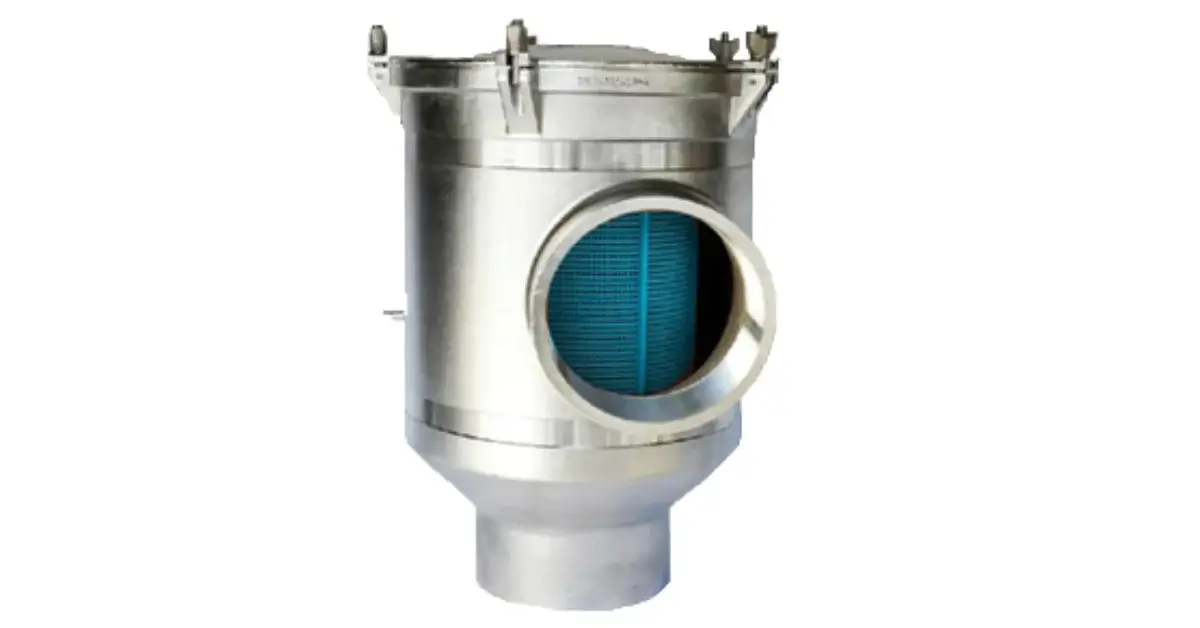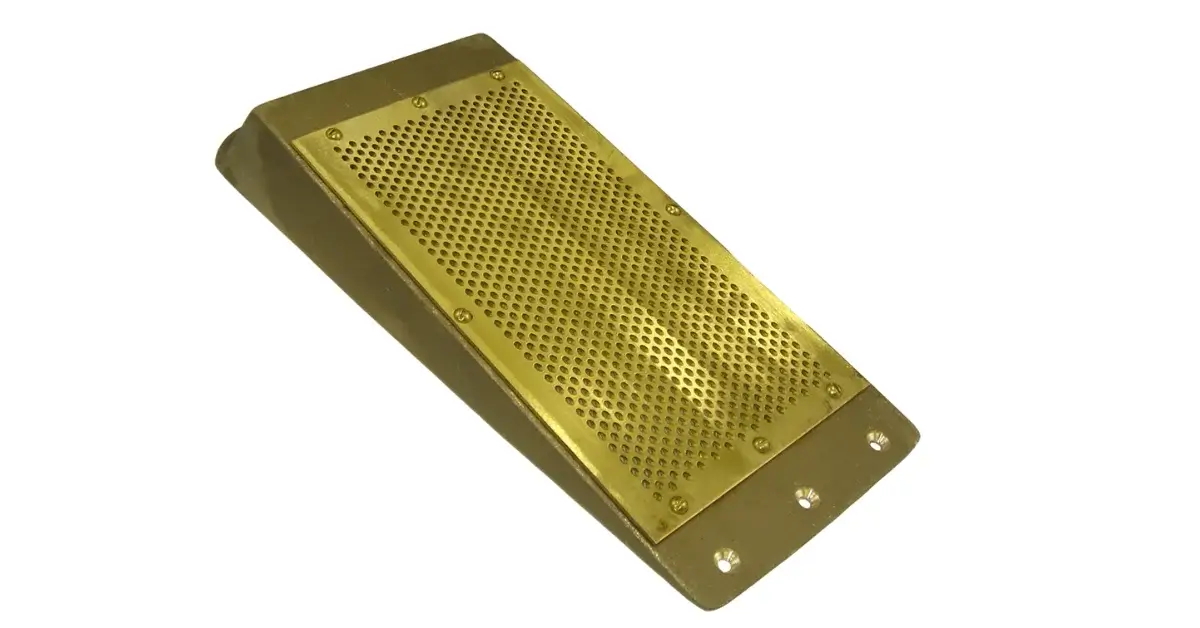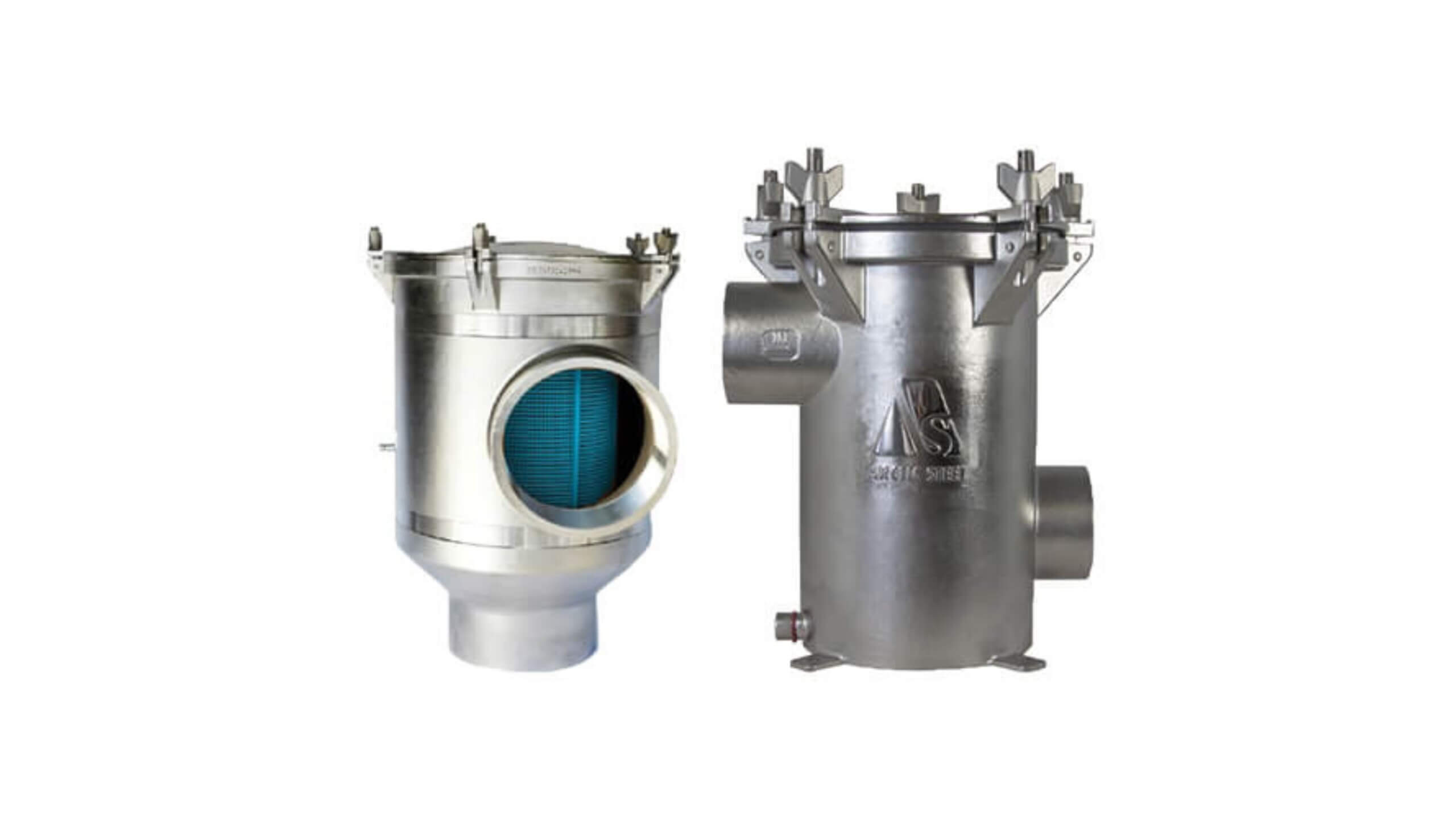A stuck ball valve handle can be frustrating—and potentially dangerous if your boat is in the water. These valves are essential for controlling water flow, and if the handle refuses to turn, you risk being left with a valve that’s stuck open or closed. In some cases, forcing it can even cause the stem to break, creating a leak you can’t shut off.
So, what causes a ball valve to seize up? Most often it’s corrosion, mineral deposits, dried packing, or simply lack of use. The good news is that there are steps you can try before replacing the valve entirely. Here’s a safe, step-by-step guide.
Step 1: Relieve Pressure and Drain
Before doing anything else, make sure the system is depressurized. Remove the drain plug on the valve to release any trapped fluid. This not only makes the process safer but also reduces resistance on the ball inside the valve.
Step 2: Apply Penetrating Oil
Spray a quality penetrating oil—such as PB Blaster, Kroil, or WD-40 Specialist—around the stem where it enters the valve body, and also into the drain plug opening. Allow it to soak for 15–30 minutes. For especially stubborn valves, repeated applications over several hours may be needed.
Step 3: Work the Handle Gently
Start by trying to rock the handle back and forth slightly. Avoid forcing it through a full turn right away—gentle movement helps break deposits or corrosion inside without overstressing the stem. Use hand pressure first. If you need more leverage, you can slip a small adjustable wrench or pipe over the handle, but be very careful. Too much force could shear the stem, leaving the valve permanently stuck.
Step 4: Know When to Replace
If the valve still won’t budge after penetrating oil and gentle persuasion, it may be corroded internally beyond recovery. At this point, replacement is the safest option. Attempting to force it further could cause serious damage and increase the risk of leaks.
Step 5: Prevent Future Sticking
The best way to avoid this problem is prevention. Exercise your valves periodically, even during the off-season. Turning the handle a few times throughout the year keeps the ball and seals from seizing up due to inactivity or buildup.
Final Thoughts
While there are a few tricks to free up a stuck ball valve, sometimes replacement is the only safe option. Regular maintenance and cycling your valves are the best ways to ensure they stay functional when you need them most.


 Hydrasearch
Hydrasearch


 Your Mission is Our Commitment
Your Mission is Our Commitment


